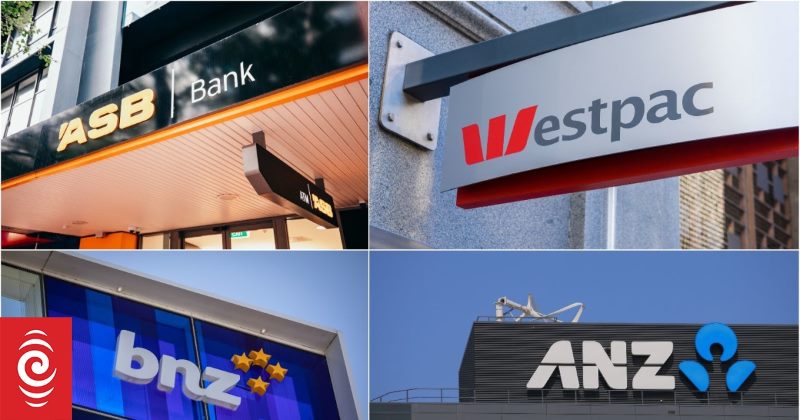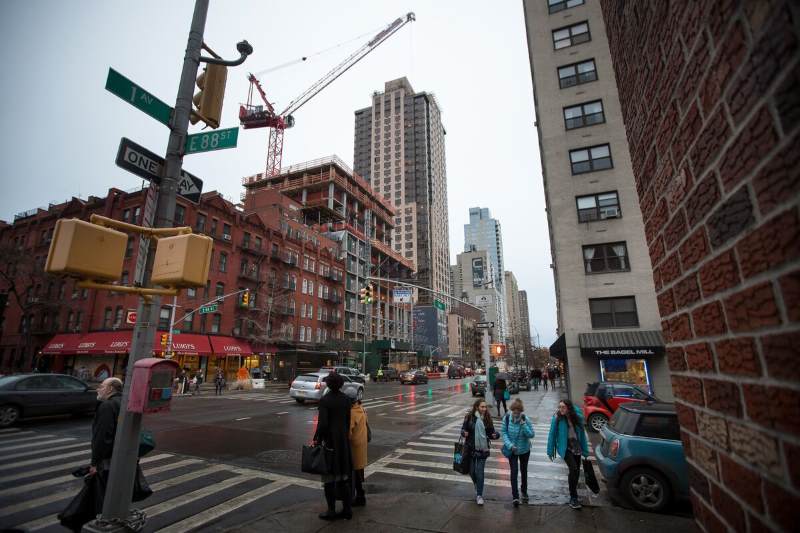Economy
Boost in Consumer Spending Power $600 Billion Windfall
Boost in Consumer Spending, the U.S. housing market has given consumers a surprising financial cushion. Mortgages locked in at lower rates have added $600 billion in spending power since 2022. This boon supports consumer spending despite Federal Reserve rate hikes. Economists Mahir Rasheed and James Finucane from Swiss Re note this windfall represents nearly 2% of personal consumption expenditures. It is a significant factor in the economy’s resilience.
Impact on Monetary Policy Effectiveness
The Federal Reserve’s monetary policy is complicated by increased spending power from fixed-rate mortgages. Despite rate hikes, consumer demand stays strong. This is partly due to the stability of locked-in mortgage rates, which insulate spending.This situation has effectively dampened the intended impact of monetary tightening, leading to a disconnect between policy actions and consumer behavior.
Fixed-rate mortgages are undermining the Fed’s inflation control, as stable rates boost consumer spending, according to wsj subscription.
Challenges for Future Rate Cuts
Looking ahead, this dynamic may challenge the Fed’s approach to future rate cuts. Swiss Re economists suggest a sharper easing cycle might be needed. The reduced effectiveness of easing monetary policy could complicate the Fed’s strategy. Strong consumer demand could mute the usual stimulative effect of rate cuts. This situation could make it harder to boost the economy if it slows down.
Mortgage Rate Discrepancies
During the Fed’s recent tightening phase, U.S. mortgage rates exceeded existing mortgage rates by up to 3.2 percentage points. Swiss Re reported this significant disparity. Homeowners with fixed-rate mortgages have been shielded from rising rates. Renters and those with adjustable-rate mortgages have faced more direct consequences. These consequences may include higher borrowing costs and reduced spending capacity.

Banks Struggle Amid Rising Inflation and Rate Hikes
The nation’s largest banks amid rising inflation, including JPMorgan Chase, Wells Fargo, and Citigroup, are grappling with significant…
Potential for Aggressive Rate Cuts
As the economy moves into the next phase, the Fed might need to adopt a more aggressive stance on rate cuts to counterbalance the effects of the locked-in mortgages. The analysts suggest that this could lead to a “sharper easing cycle,” with the Fed needing to cut rates more significantly than currently anticipated. This would be an effort to stimulate consumer demand and address the growing burden of household debt.
Rising Debt and Economic Implications
The broader economic landscape suggests challenges ahead. The median U.S. home price has surged about 60% since early 2020. Household debt burdens have significantly increased. Credit card delinquencies now exceed pre-pandemic levels, showing consumers’ financial strain. Lower borrowing costs might help, but the Federal Reserve may need a careful, aggressive approach soon.
Get a 2-year subscription to WSJ and Barron’s News for iOS, Android, PC, and Mac. Enjoy unlimited access to The Wall Street Journal and Barron’s News, including Peggy Noonan’s views, expert stock picks, WSJ live TV, audio articles, and Barron’s magazine. Subscribe now for the latest updates and insights!

